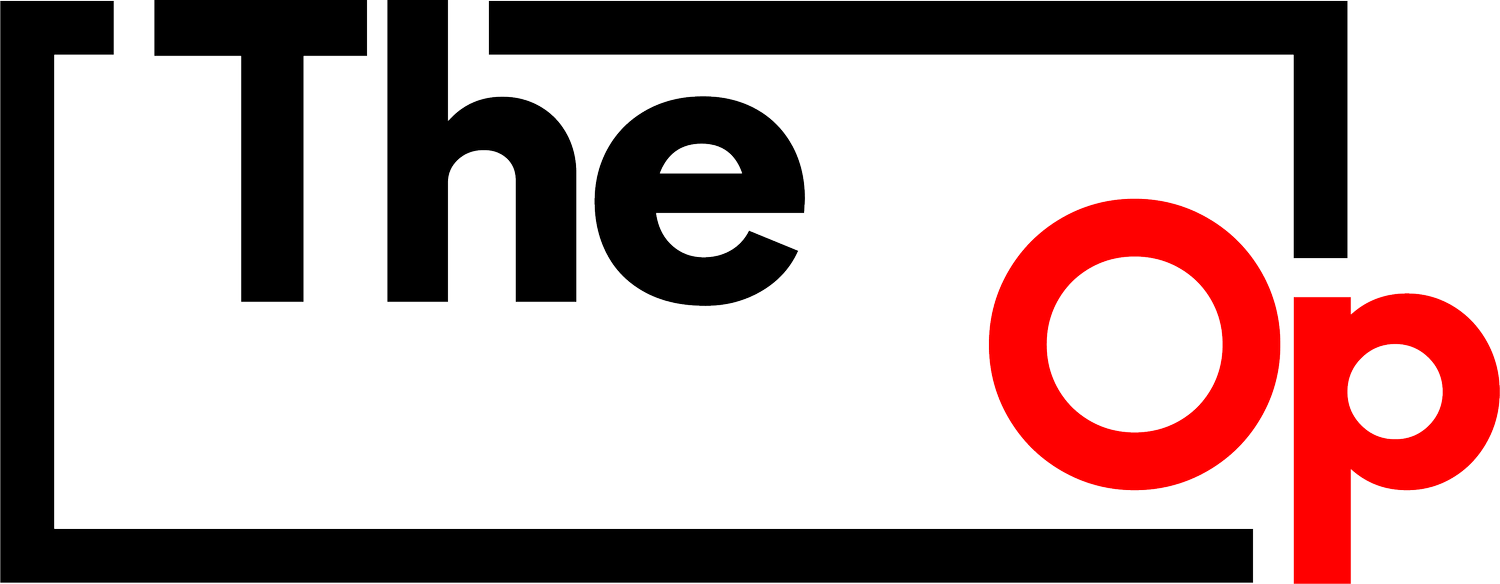Not So Quick Tip: Reflections on Set
Once the cast has rehearsed, the crew has watched rehearsal and marked the actors, the shot has been set with second team, and the shot has been set up, it’s time to start identifying problems that either need to be dealt with or may arise under certain conditions. One of the first and most obvious (usually) are reflections.
If I’ve seen one of the rehearsals before the crew marking rehearsal happens, I’ll spend the marking rehearsal starting to look at the shot we are going to be setting up for and seeing if I have any reflection concerns. Some are obvious and need to be brought up long before the shot is committed to and some are less obvious.
I remember a show where the prep had not been as, shall we say, extensive as it should have been and I was already aware that there may be issues around any corner. We showed up to a practical bar and the director had a shot designed that pushed straight towards the bar on two people seated with their backs towards us. Dolly track was in place and we were halfway there, but I immediately pointed out that we were looking at the large mirror behind the bar and asked if there was a plan. Silence. We figured it out by working with set dressing and moving some signs and hanging partitions from another part of the bar and hiding our reflection.
So, first up, look for the big things: mirrors, glass windows, glass doorways, shiny table tops, even puddles. Anything that reflects can reflect, and seeing as you’re going to be looking all over in coverage, the best time to pre-think your way around these things is before you set the master shot (and are locked into something). If there is a doorway in the back with glass, will it open during the scene and what will that do? Basically, there are visual assassins everywhere and your job is to find them–all while you are doing three other things and answering questions.
One trick I have developed is to look through the camera and see what I see, but then to put my head where the lens is and look with my eye. I find that by doing both of these things you can usually catch everything. If there is something that is right on the edge of being problematic—a door that if it opens all the way will reflect, but we have set a sandbag to limit it—I will usually ask the gaffer or key grip, someone watching a monitor, to keep an eye on it for me and see if they notice anything.
Mind you, you want to be looking for reflections with the boom operator as well and, if they are good and you make a good team, they are usually way out ahead of you in finding these potential problems.
Angling things can generally do the trick but sometimes you need to use a polarizer and in extreme cases may want to ask that the item be removed entirely. Of course, if this is something that needs to be done, props/set dressings and the director and DP should be asked.
Problems to avoid that you may not think of: shiny coffee pots, angled glass in cars, glasses, sunglasses, bottles (believe it or not), anything shiny, smart phones, tablets, computer screens, television screens, picture frames, and beyond. Note, if an actor is opening a car door in front of the camera, like socks disappearing in the dryer, they will hit the one bad spot with the side view mirror every time, so pre-think that and tilt it away.
As you move forward, you will learn a shorthand for how to fix most of these things, but after 30 years, I still find I miss an occasional reflection here and there in rehearsal and am astounded at the new ones that pop up.

